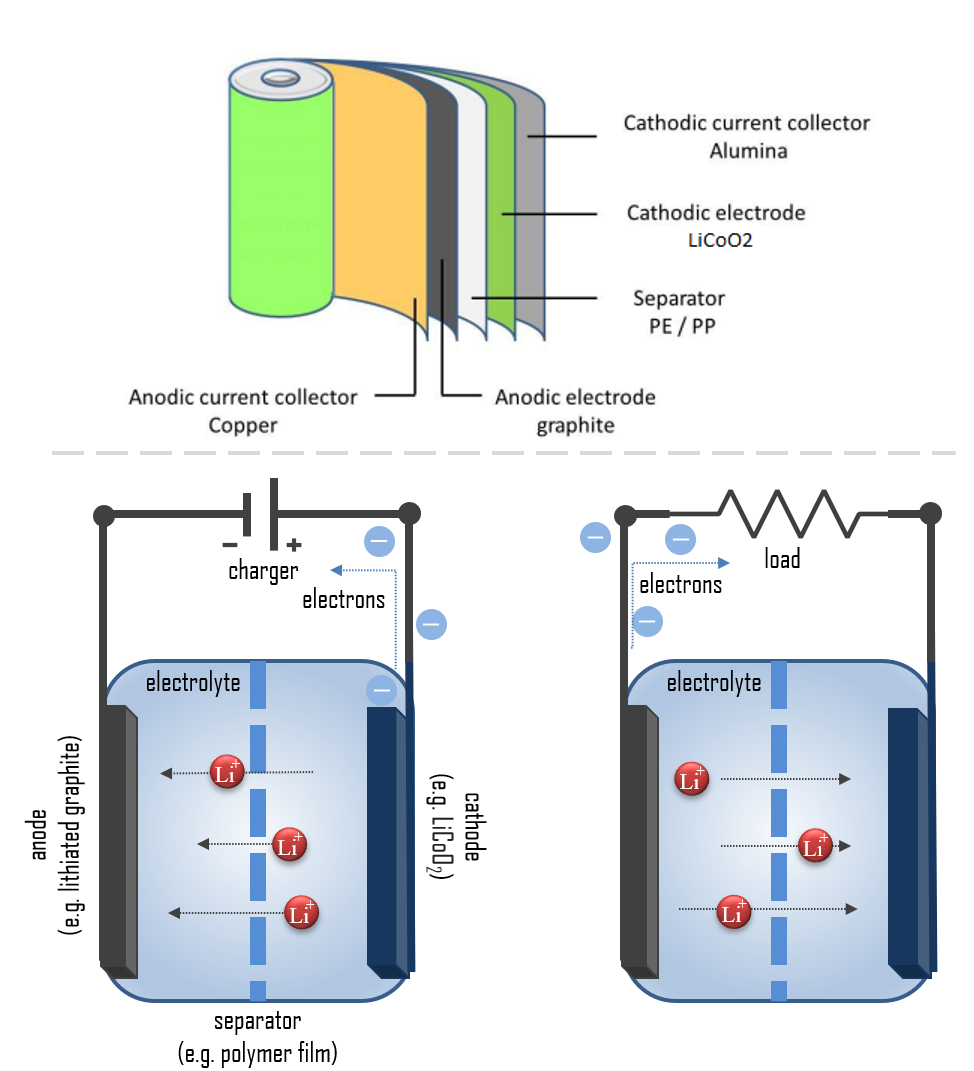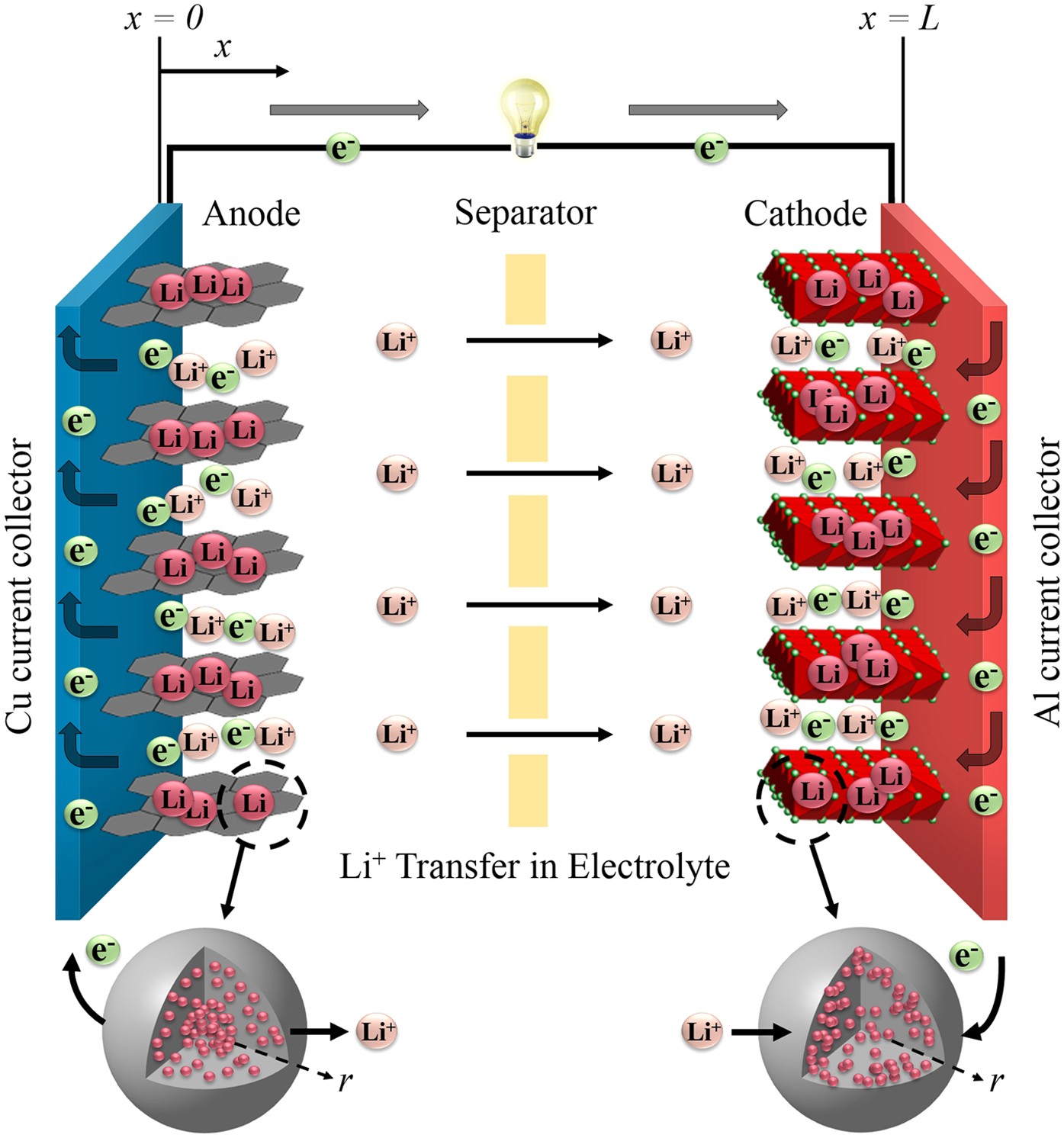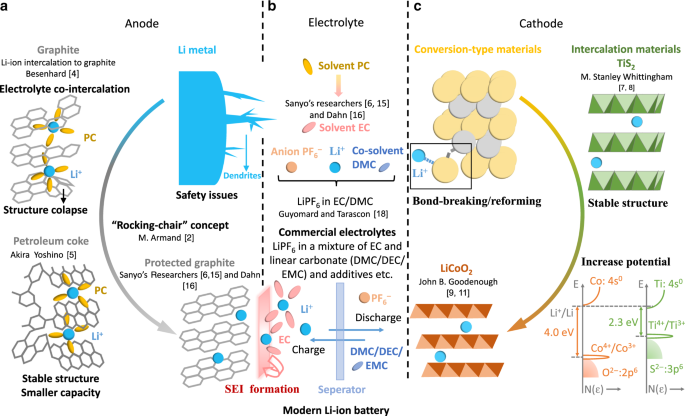Batteries, Free Full-Text
$ 14.00 · 4.9 (713) · In stock
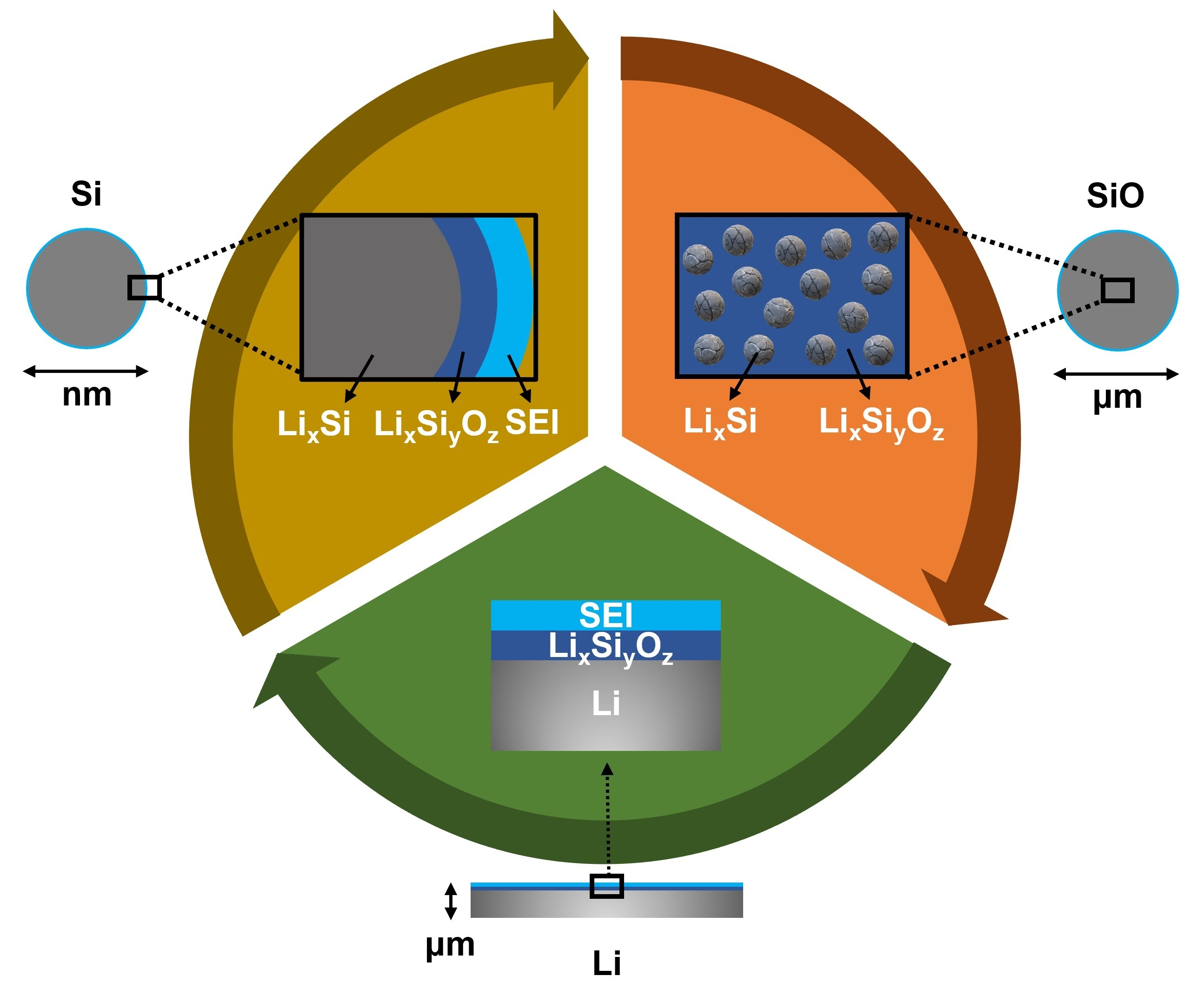
The structural and interfacial stability of silicon-based and lithium metal anode materials is essential to their battery performance. Scientists are looking for a better inactive material to buffer strong volume change and suppress unwanted surface reactions of these anodes during cycling. Lithium silicates formed in situ during the formation cycle of silicon monoxide anode not only manage anode swelling but also avoid undesired interfacial interactions, contributing to the successful commercialization of silicon monoxide anode materials. Additionally, lithium silicates have been further utilized in the design of advanced silicon and lithium metal anodes, and the results have shown significant promise in the past few years. In this review article, we summarize the structures, electrochemical properties, and formation conditions of lithium silicates. Their applications in advanced silicon and lithium metal anode materials are also introduced.
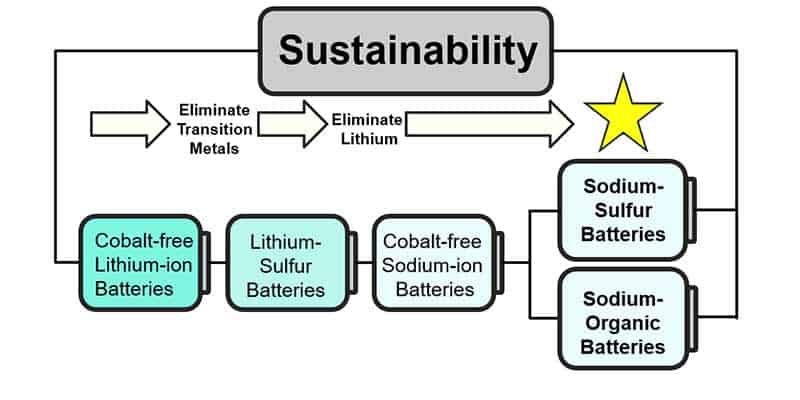
Sustainable next-generation battery chemistries – Physics World

Surface-roughened current collectors for anode-free all-solid-state batteries - ScienceDirect

Free Vectors Batteries by charge level

Li-Metal lithium metal production process: The 200 Best Inventions, lithium
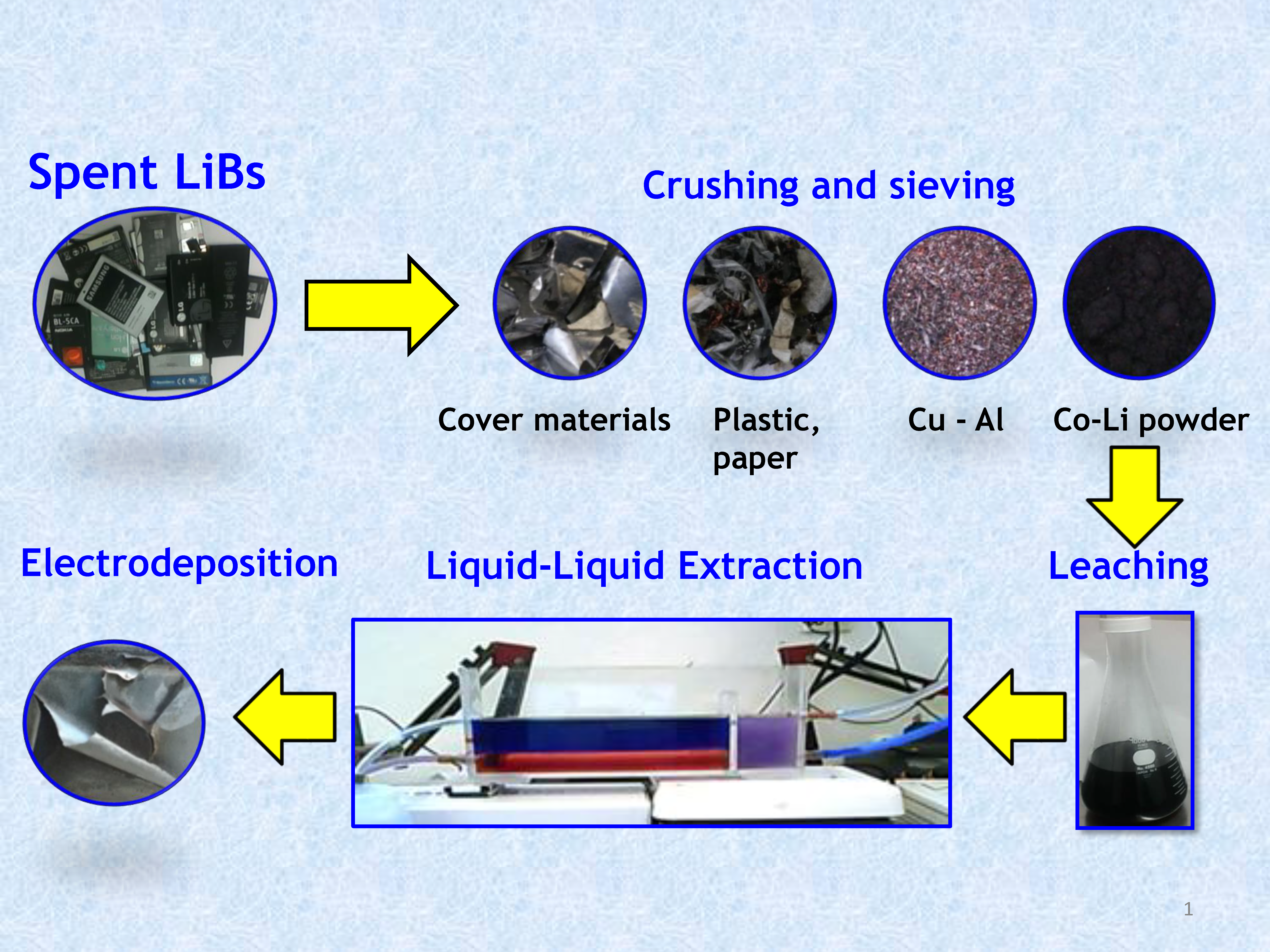
Batteries, Free Full-Text
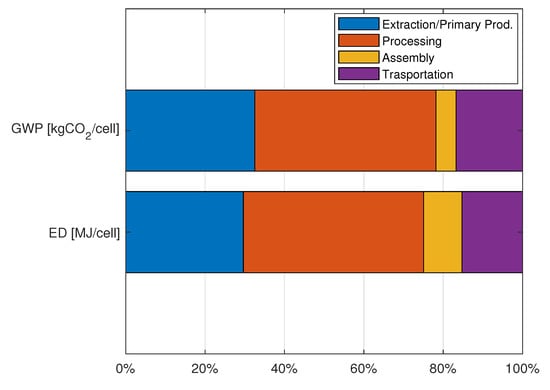
Batteries, Free Full-Text

40,000+ Free Full Battery & Battery Images - Pixabay

3.6V Lithium Li-ion Batterie Ou Pile and 1.5V Type-C D, pile d rechargeable 1.5v
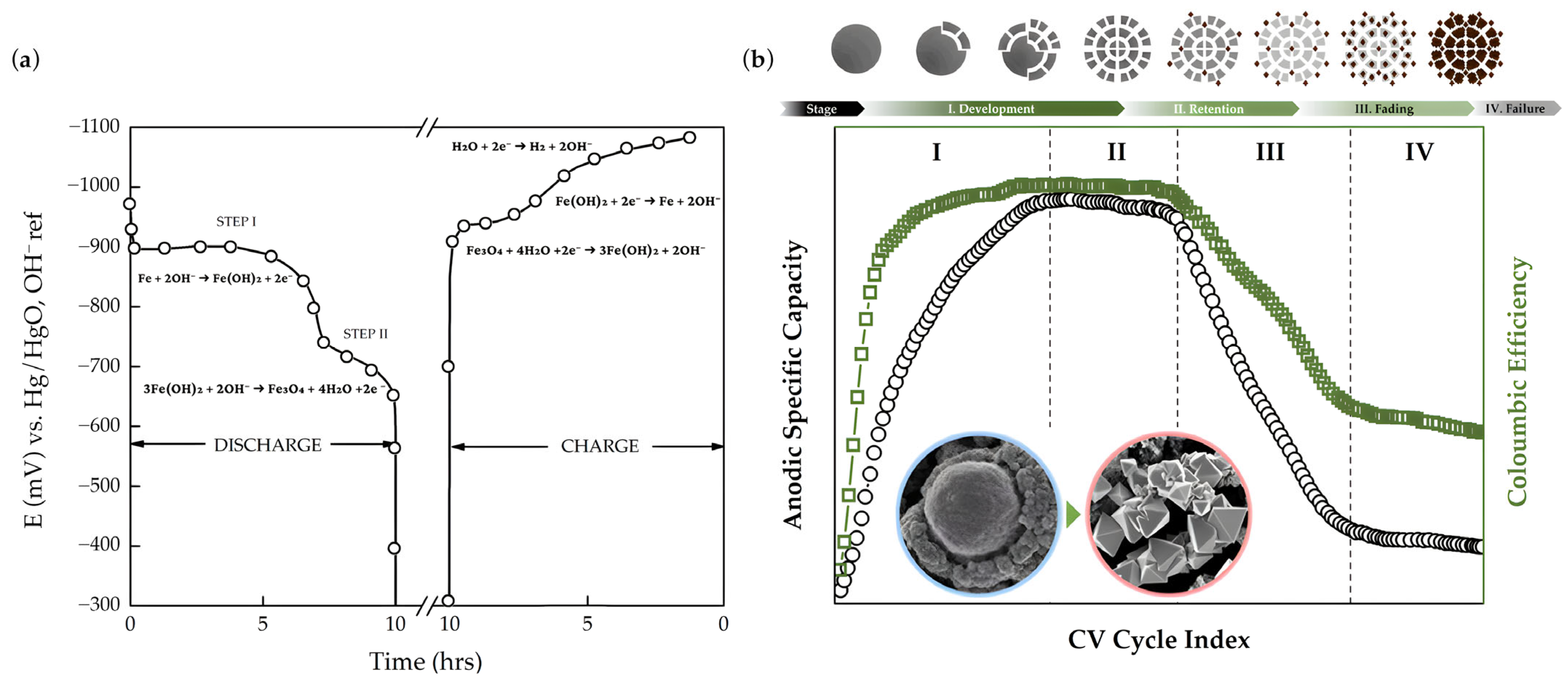
Batteries, Free Full-Text

Batteries, Free Full-Text
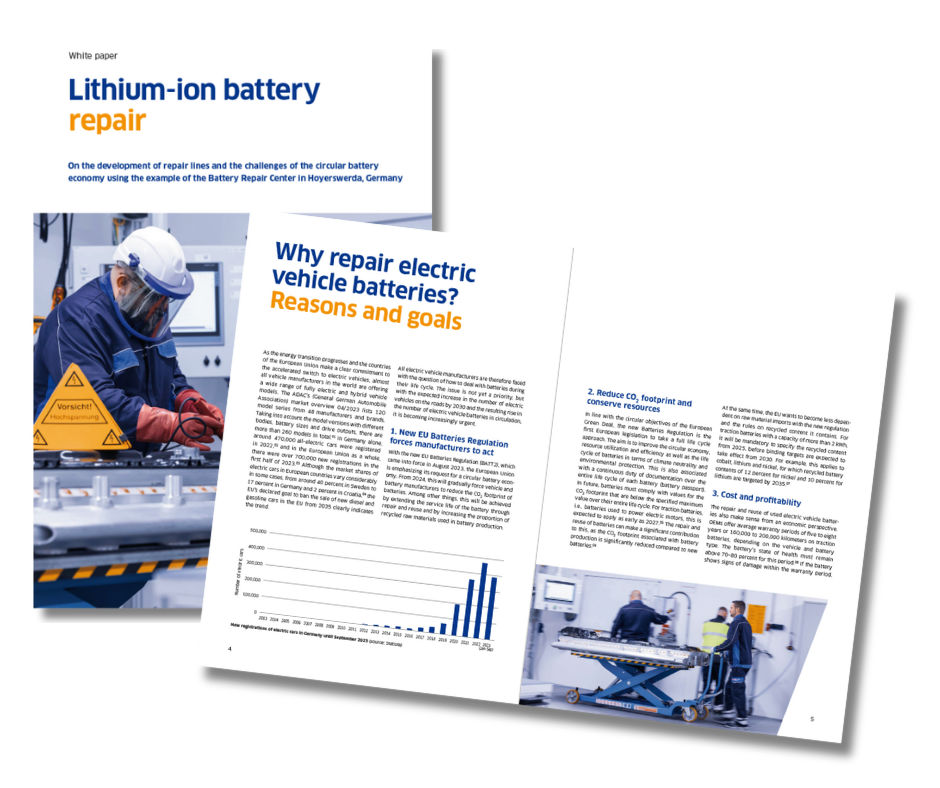
Detail
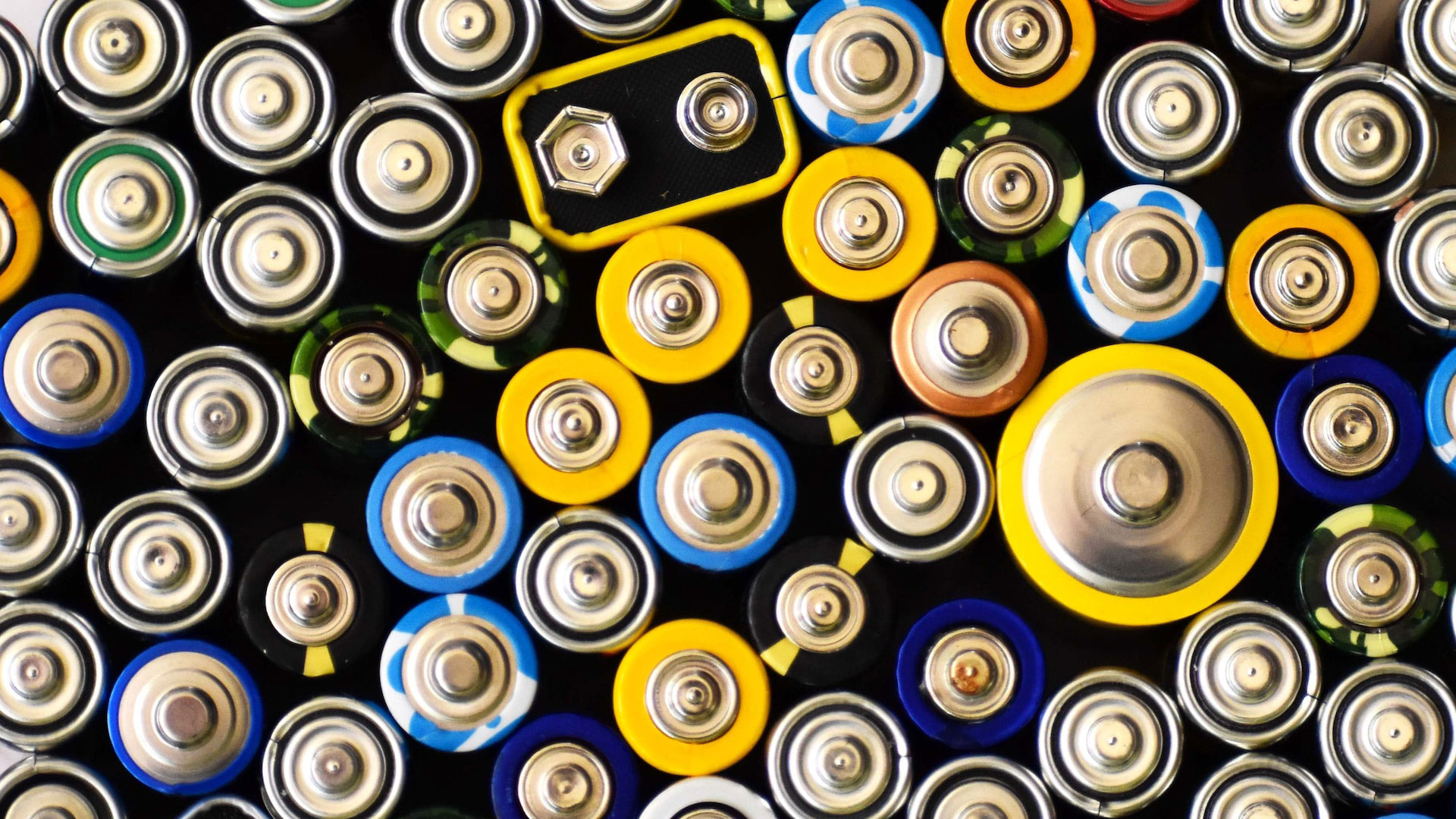
Rock Science: Lithium — The Battery Metal, lithium





